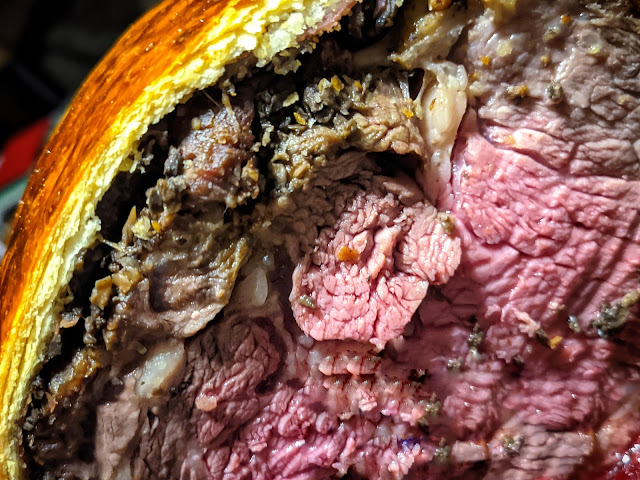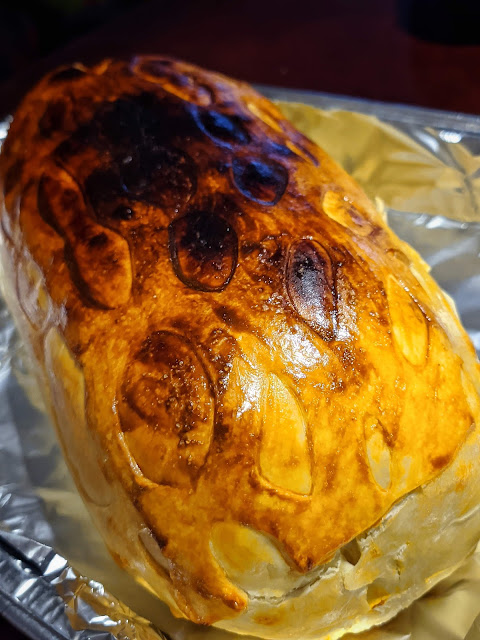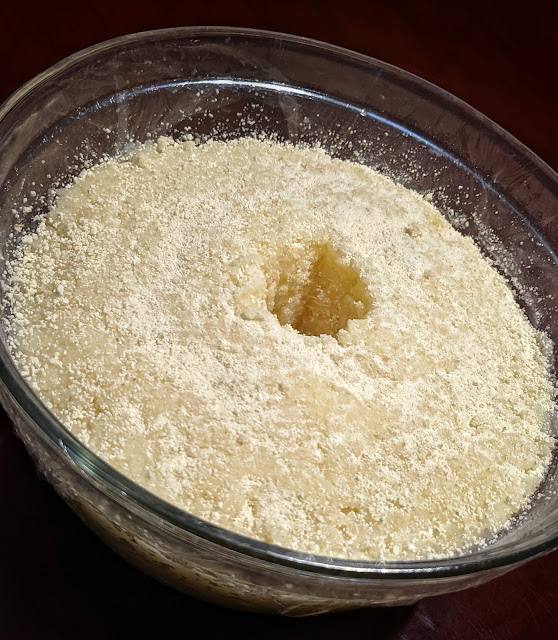Clay Pot Rice, as its name suggests, is usually cooked with clay pots. Mine was broken years ago, so, I used my
combo cooker (a cast iron) instead, hence, the name Cast Iron Rice :)
The readers should know me by now, I don't usually follow the recipes to the letter. There is no exception in this case as well. The top 2 pictures above, I used Chinese sausages, and the 3rd one I used a pack of Italian sausage from Costco. In other occasions, I used Costco rotisserie chicken (yes, cooked), pork (also cooked) or any leftover meats (yes, also cooked) in my fridge.
I like Cast Iron Rice (or Clay Pot Rice) because it has rice, meats, veggies and I often crack a couple of eggs as well. The cooking usually takes about 20 minutes. I don't usually bother to soak the rice in water in advance because I enjoy harder rice better. The first 10 mins is the time to cook the rice. During which, I usually prepare the sauce, veggies, slice the meat or debone the chicken. After that, I add all the ingredients into the plot, wait for another 10 minutes. That's it. It even has the burned rice at the bottom.
It's a quick and predictable way of having a nice meal during a hectic day.

















































